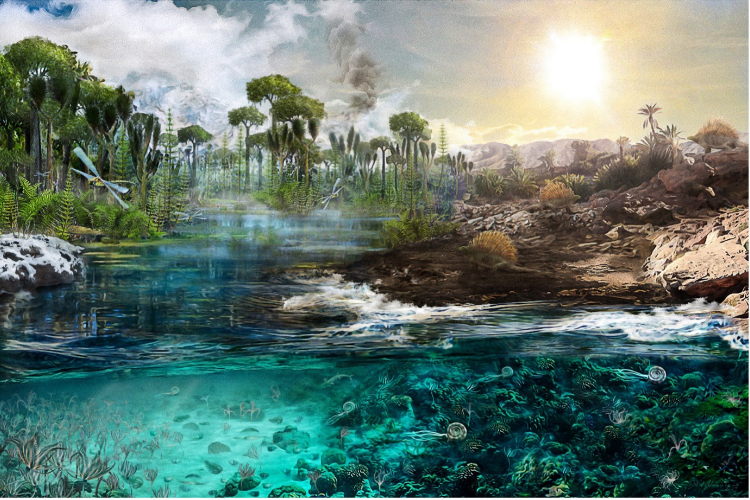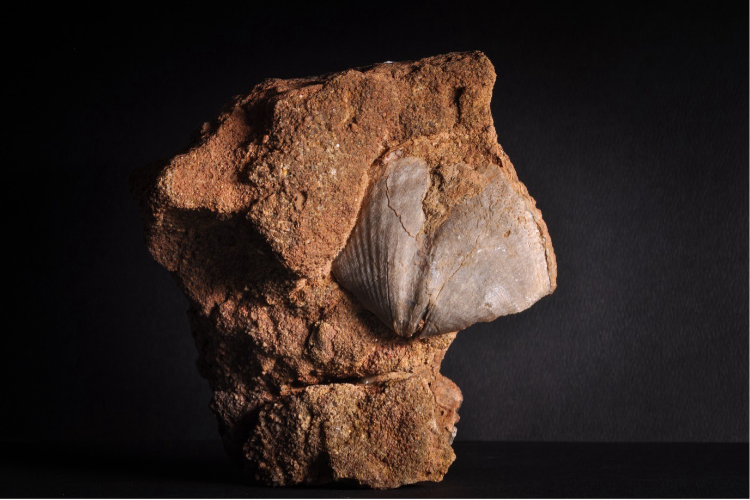
Researchers from the University of St Andrews have, for the first time, shed new light on the fundamental role played by carbon dioxide (CO2) in Earth's geological warming and cooling.
Atmospheric carbon dioxide is Earth's most important greenhouse gas, it absorbs heat and radiates much of it back to Earth, so when atmospheric CO2 rises, Earth's climate warms. However, while the role CO2 plays in driving recent climate change is well understood, its role in the geological past has been 'locked in rocks'.
For the first time, new research led by a team from the School of Earth and Environmental Sciences at the University of St Andrews and published in Nature Geoscience (Monday 6 January 2025), has unlocked an important part of the geological record that captures one of the biggest climatic transitions witnessed by complex life. The new findings provide crucial evidence that for hundreds of millions of years, CO2 has been regulating climate and environmental conditions on Earth, playing a pivitol role as the world moves in and out of ice ages.
Lead researcher from St Andrews, Dr Hana Jurikova, worked with 9 other Universities and institutions around the world to reconstruct how CO2 changed during the Carboniferous and Permian periods, between 335 to 265 million years ago, a time known as the Late Palaeozoic Ice Age, when Earth's climate cooled dramatically.
Researchers used the chemical fingerprints stored in fossil brachiopod shells, ancient clam-like organisms which are among the oldest existing animals and still inhabit oceans today. These shells are preserved across all time periods of the fossil record, archiving clues to how Earth's climate and environment has evolved. By combining multiple chemical fingerprints, the team were able to precisely calculate how much CO2 was in Earth's atmosphere in the past and how it changed.

"This showed that the Late Palaeozoic Ice Age had prolonged low CO2 levels, unprecedented in Earth's history. Atmospheric CO2 then rose abruptly, 294 million years ago, due to large-scale volcanic eruptions, warming the planet and melting back the ice," explains Dr Jurikova, lead author of the study, adding, "The end of the Late Palaeozoic Ice Age was a turning point in the evolution of life and the environment, leading to the rise of reptiles. Now we know it was paced by carbon dioxide."
This research provides new insights on how CO2 and Earth's climate evolved on long, geological time scales, demonstrating a central role for CO2 in major climate transitions. Low atmospheric CO2 in the Carboniferous period caused an extensive ice age, while elevated CO2 in the beginning of the Permian period drove global warming and ice sheet melt.
"This time interval gives a potential geological analogue for the impact of CO2 on our planet", explains Dr James Rae, who co-authored the study. "CO2 emissions in the past caused major global warming and sea level rise, and if left unchecked, will do so again in future."
Category Research






